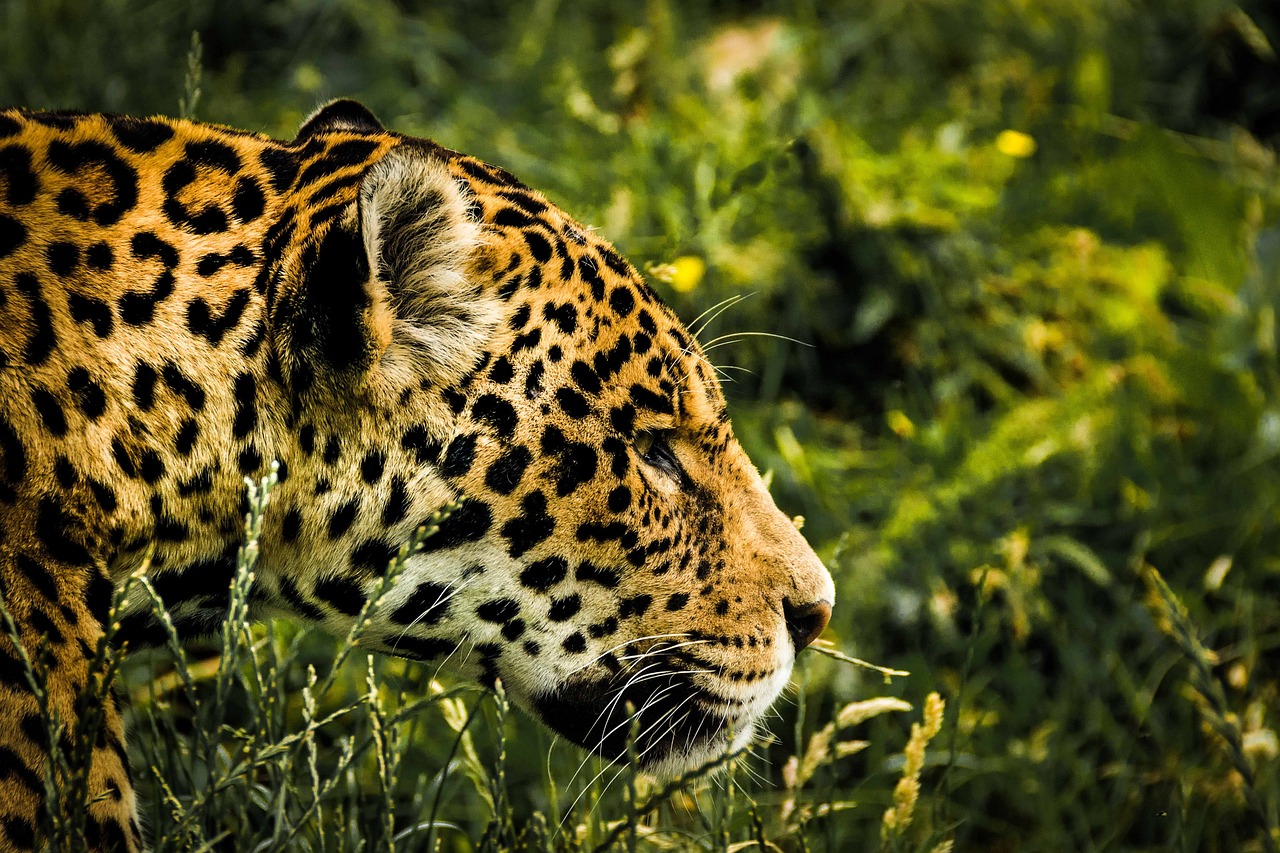Preserving Jaguar Habitats: Tulum’s Grassroots Conservation Success Stories
Understanding Jaguar Habitats
Jaguar (Panthera onca) habitats are diverse ecosystems ranging from tropical rainforests to dry savannas. In Mexico, particularly in regions like Tulum, these majestic big cats play a vital role in maintaining the ecological balance. Their presence indicates a healthy ecosystem, as they are apex predators regulating prey populations, which in turn supports plant diversity.
In Tulum, jaguars inhabit the extensive property of the Mayan Riviera, characterized by dense jungles, lush wetlands, and coastal regions. This rich biodiversity is essential not only for the jaguar population but also for many other species, including various birds, reptiles, and plant life. Unfortunately, habitat destruction due to urban development, tourism, and illegal activities poses a significant threat to these critical ecosystems.
The Threat to Jaguar Habitats
In recent decades, Tulum has witnessed explosive growth due to its popularity as a tourist destination. This development has resulted in deforestation, which fragments habitats and disrupts wildlife corridors essential for jaguars and other fauna. Urban sprawl leads to increased human-wildlife conflict, stressing the delicate balance between human interests and wildlife conservation. Moreover, illegal poaching and habitat degradation pose further threats, making grassroots conservation efforts increasingly critical.
Grassroots Conservation Initiatives
- Community Engagement and Education
Grassroots movements in Tulum have increasingly focused on involving local communities in conservation efforts. Local organizations, such as the Tulum’s Jaguar Conservation Team (TJCT), educate residents and visitors about the ecological significance of jaguars and their habitats. Workshops and awareness campaigns encourage sustainable practices, helping to foster a conservation-focused mindset within the community. Educating children and adults about respecting wildlife helps build a generation of informed individuals dedicated to preserving their natural heritage.
- Reforestation Projects
Community-led reforestation projects have been pivotal in restoring degraded areas. As part of an initiative called “Green Tulum,” locals have collaborated with NGOs to plant native tree species. These trees not only provide shelter and food for jaguars and other wildlife but also help sequester carbon, contributing to climate change mitigation. Engaging local residents in planting and caring for these trees instills a sense of ownership and pride in conservation efforts.
- Wildlife Corridors Creation
Restoration of wildlife corridors is essential for jaguars to thrive. Local conservationists are working to connect fragmented habitats by identifying and creating secure pathways. By liaising with landowners, they facilitate the establishment of protected areas and easements that allow wildlife to roam freely between vital habitats. These initiatives aim to reduce human-jaguar conflict by minimizing encounters and creating safer travel routes for the cats.
- Sustainable Tourism Practices
Community-led tourism initiatives focus on creating sustainable alternatives to traditional tourism. Eco-friendly lodges and tours promote environmental consciousness among visitors. Responsible tourism practices ensure that local wildlife, including jaguars, are respected, and the integrity of their habitats maintained. Programs like “Jaguar Spotting Tours” encourage visitors to engage with nature, learn about the ecosystem, and contribute financially to conservation efforts.
- Monitoring and Research Programs
Effective conservation relies heavily on scientific research and monitoring. Collaborations between local NGOs and academic institutions have established programs that monitor jaguar populations through camera traps and tracking methods. This data is crucial for understanding wildlife movements, breeding habits, and population dynamics, ultimately leading to more informed conservation strategies. Furthermore, these research initiatives create volunteer opportunities for local youth, fostering a community of citizens skilled in environmental science.
- Legal Advocacy and Policy Implementation
Grassroots movements in Tulum also engage in advocating for better wildlife laws and practices. They work alongside local government and international organizations to lobby for stronger protections for jaguars and their habitats. Regulations regarding land use and resource management are crucial for creating resilience against habitat loss. Initiatives like the declaration of new protected areas and stricter penalties for poaching are active targets.
Collaborative Community Impact
The collective efforts of these grassroots initiatives in Tulum illustrate the significance of community-focused conservation. By fostering local involvement and encouraging sustainable practices, these projects have seen a rise in jaguar sightings and overall ecosystem health. The engagement of local stakeholders ensures that conservation strategies align with community needs and priorities, creating a sustainable path forward for both wildlife and residents.
Using Art for Conservation Messages
Local artists are utilizing their craft to amplify conservation messages. Murals depicting jaguars and their natural habitat grace the streets of Tulum, sparking conversations among tourists and residents. These art installations not only beautify the community but also serve as a visual reminder of the urgent need to protect these magnificent creatures. Collaborative art projects involving local schools provide students with platforms to express their passion for conservation.
The Role of Technology in Conservation
Innovative technologies are also rapidly being adopted in Tulum for monitoring and conservation purposes. Drone technology is being harnessed for aerial monitoring of the landscape, providing valuable insights into habitat changes and illegal activities. Mobile applications allow residents to report sightings of wildlife or habitat damage, creating a network of citizen scientists actively involved in preserving their environment. Data collected from these technologies enhances the effectiveness of conservation strategies.
Eco-System Based Management
Adopting an ecosystem-based management approach is paramount for long-term conservation success. This strategy considers the interconnectedness of species and their habitats. Local conservationists advocate for respect towards all facets of an ecosystem, from soil health to plant diversity, recognizing that healthy ecosystems support jaguars and myriad other species.
Conclusion
Preserving jaguar habitats in Tulum requires a multifaceted approach that engages local communities, promotes sustainable tourism, and raises awareness of environmental issues. Each grassroots initiative serves as a testament to the dedication and resilience of the Tulum community, working collectively toward safeguarding their natural heritage for future generations.







